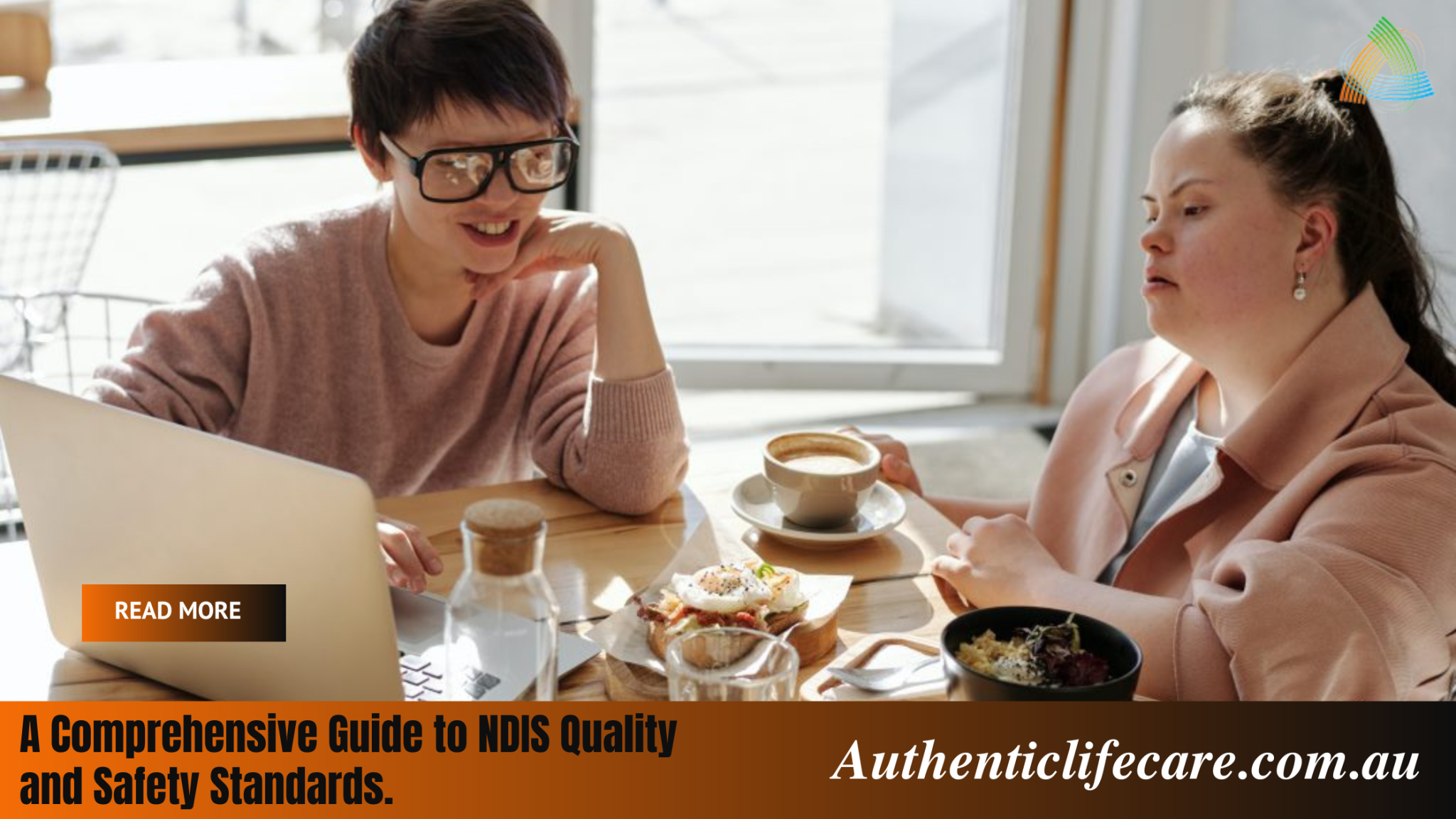How much physical activity do seniors age 65 and above need to be healthy?
The quantity of physical exercise you should perform each week is determined by your age and current health status. Older individuals need to undertake two forms of physical activity each week to be healthy or enhance their health: aerobic and muscle-strengthening activities.
Why is Physical Exercise Important for Seniors?
Physical activity offers several advantages for senior citizens. It not only improves your physical and mental well-being but also helps to regulate weight, blood pressure, cholesterol, diabetes, and bone and joint issues like arthritis help to reduce the chance of injury from falls, which is a significant concern as individuals age. Pain control helps preserve and improve joint movements.
What Kind of Physical Fitness Did You Require?
Adults aged 65 and over who are in good physical shape and do not have any health issues that limit their movement should strive to be active regularly.
Adults aged 65 and over should engage in at least 30 minutes of moderate-intensity physical exercise on most, if not all, days.
No matter your age, weight, health issues, or skills, some action, however minor, is better for your health than none at all. You should strive to do something.
Moderate-Intensity Aerobic Activity:
If you’re working hard enough to elevate your heart rate and break a sweat, you’re doing moderate-intensity aerobic activity. If you can still converse but not sing the words to a song, you’re probably working at a moderate intensity.
The following are some examples of activities that take moderate effort for most people:
- Walking quickly
- doing water aerobics
- ballroom and line dancing
- riding a bike
- playing doubles tennis
- using a lawnmower
- Canoeing
- volleyball
Do not count towards your daily 30 minutes of moderate-intensity activity. This is because the effort necessary is insufficient to raise your heart rate.
However, it is critical to limit the amount of time spent sitting and watching TV, reading, or listening to music. Some action, however minor, is preferable to none at all for your health.
Vigorous-Intensity Aerobic Activity:
Vigorous-intensity aerobic activity implies you’re breathing quickly and hard, and your heart rate has increased significantly. You won’t be able to utter more than a few words without pausing for a breath if you’re working at this level, and you should stop if you feel ill.
The Australian Physical Activity Guide for Elderly Australians does not encourage this degree of activity, although it is acceptable if you do. If you have a lifetime of rigorous physical exercise under your belt, you should continue doing it in a way that suits you today, as long as you follow established safety measures and standards.
Muscle-Strengthening Workouts:
Muscle-strengthening exercises are measured in repetitions and sets. A repeat is defined as one full movement of an activity, such as raising a weight or performing a sit-up. A set is a collection of repeats.
Try to complete 8 to 12 repetitions of each activity in each set. Make an effort to perform at least one set of each musculature activity. You’ll get even more benefits if you perform two or three sets.
Muscle-strengthening activities should be done to the point where you find it difficult to finish another repeat to get the health advantages.
You may develop your muscles in a variety of methods, whether at home or in the gym. Among the muscle-strengthening activities are:
Carry or move heavy items, e.g. food, Stepping and spring activities, such as heavy gardening, digging, shoving or resistance exercises, for example, push-ups/sit-ups or Yoga lifts, take time 2 to 3 times a week for special strength exercises to make some of them part of your daily activities.













